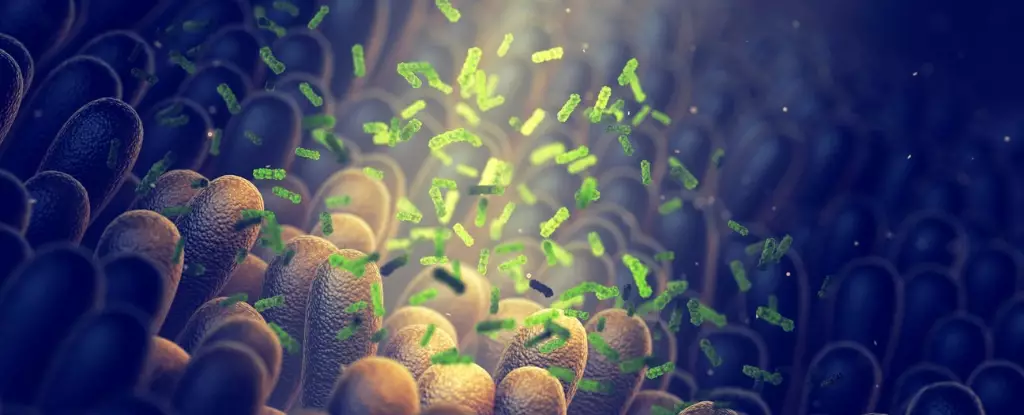In the ongoing battle against antibiotic-resistant bacteria, scientists are turning to a source that may hold promising solutions – the human gut. With over 100 trillion microbes residing in the gut, researchers in the US have begun analyzing gut microbiomes from a large sample of 1,773 individuals. By examining 444,054 proteins previously identified, they sought to uncover potential candidates for new antibiotics.
Among the 78 most promising proteins synthesized and tested in the lab, an impressive 70.5 percent displayed the ability to combat harmful microbes, including bacteria. This discovery hints at the vast array of bug-fighting substances that may be lurking within our guts. Bioengineer César de la Fuente from the University of Pennsylvania emphasizes the importance of viewing biology as an information source, indicating that deciphering this biological code could lead to a significant acceleration in antibiotic discovery.
New Classes of Antibiotics from the Gut
One of the standout proteins, prevotellin-2, exhibited remarkable bacteria-busting capabilities comparable to polymyxin B, a widely used antibiotic. This breakthrough suggests that exploring the human microbiome for novel antimicrobial peptides could pave the way for innovative antibiotic treatments. Physician-scientist Ami Bhatt from Stanford University sees great promise in this research, emphasizing the potential benefits for patients and medical professionals.
While these findings are encouraging, there is still much work to be done in transforming these proteins into effective antibiotics. Nevertheless, the unique composition and properties of the identified proteins offer a fresh perspective on antimicrobial development. According to bioengineer Marcelo Torres, this discovery of a new class of compounds could revolutionize the landscape of antibiotic research, opening doors to innovative approaches in fighting superbugs.
Addressing the Urgent Need for Antibiotic Solutions
The traditional method of discovering antibiotics from the environment can be time-consuming and resource-intensive. Hence, researchers like de la Fuente are turning to natural sources, such as the human gut, in search of faster-activating antibiotics. The urgency of this quest cannot be overstated, considering the escalating issue of antibiotic resistance and its devastating consequences. With millions of deaths attributed to antibiotic resistance, the race to develop new treatments is more critical than ever.
Scientists acknowledge the constant evolution of bacteria as a formidable challenge in the fight against infections. The harsh conditions in the gut, where bacteria must adapt and compete for survival, may hold the key to unlocking targeted antibiotic therapies. De la Fuente highlights the intense nature of this microbial battleground, where bacterial species coexist while engaging in fierce conflicts with one another.
The human gut emerges as a beacon of hope in the quest for novel antibiotics. By tapping into the diverse microbial population within our bodies, researchers are uncovering new possibilities for combating antibiotic resistance. The journey towards translating these discoveries into life-saving treatments is arduous, but the potential impact on public health makes it a mission worth pursuing. As we continue to harness the power of nature’s own defenses, we inch closer to a future where antibiotic-resistant infections may no longer pose a threat to humanity.


Leave a Reply